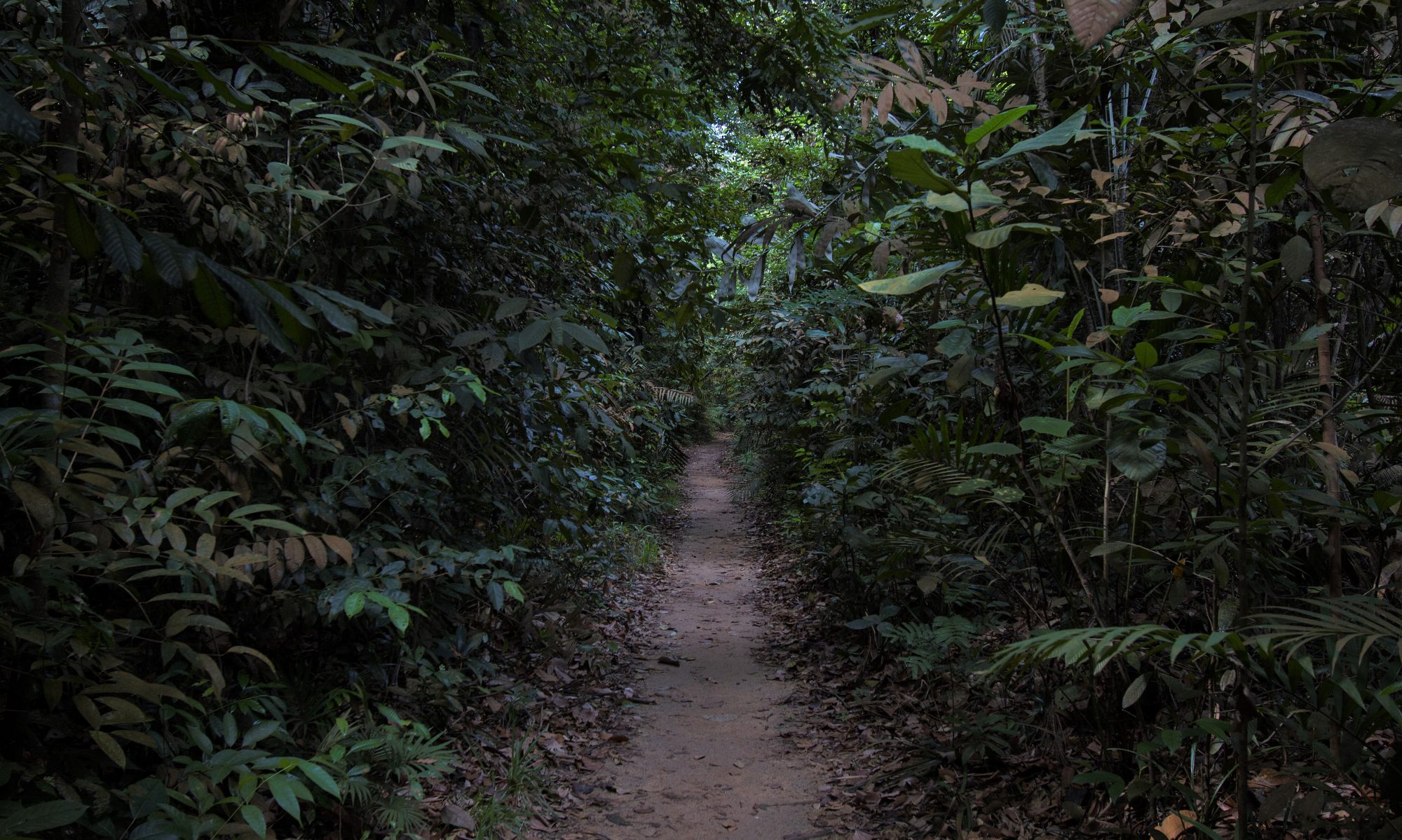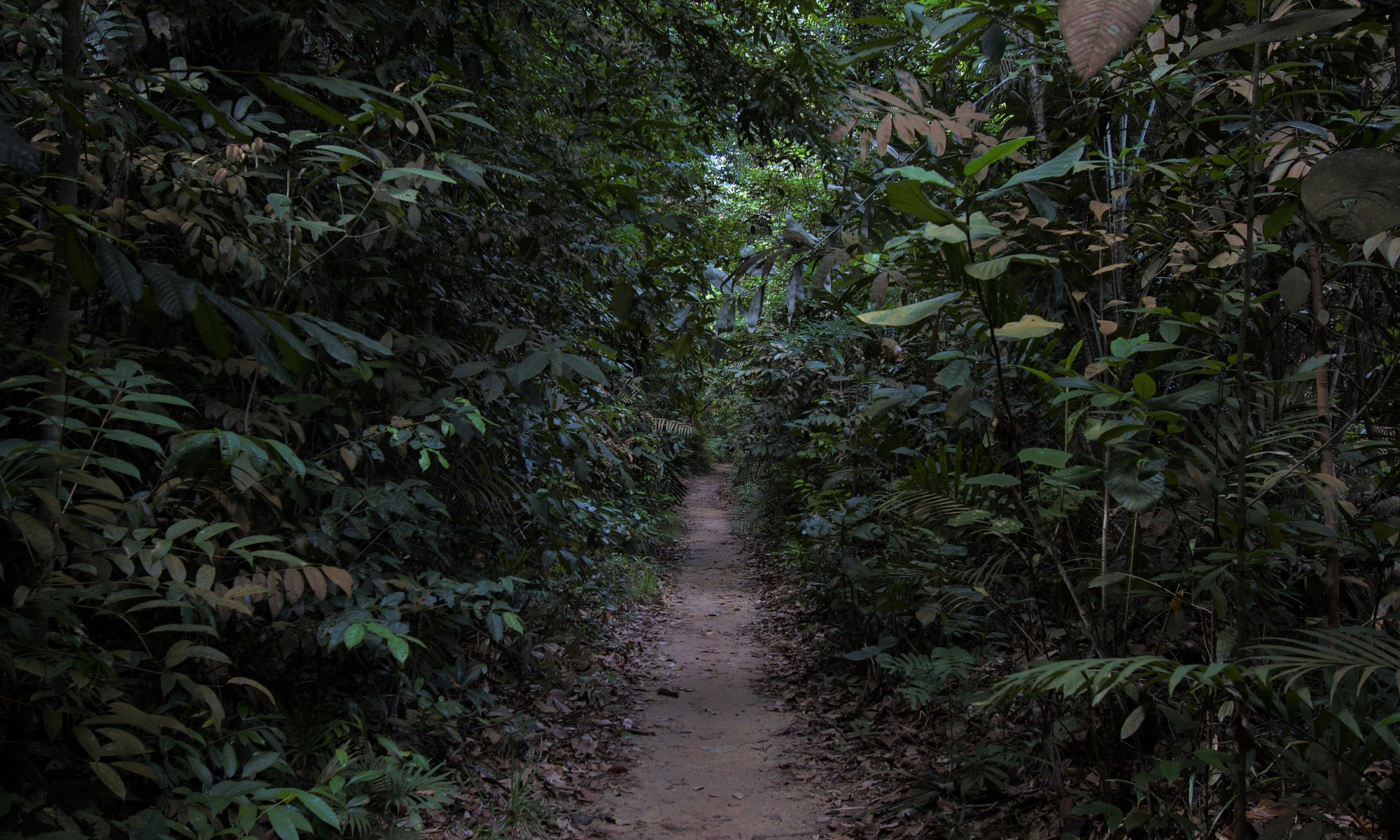What’s with the one month of “critical” residual impacts? What are “qualitative night-time bird surveys”? Have the impacts of evacuation procedures been studied?
LTA released its EIA Phase II report for the Cross Island Line early last month and have been accepting public feedback on the issue. LOMF took some time to read the report and submitted a list of questions for LTA to clarify on. Recently, we met with LTA and EIA consultant Environmental Resources Management (ERM) to address these questions.
Below is the summary of our Q&A. If you need a quick primer on the cheem terms and main points, you can refer to our summary infographics first.
- Non-technical summary pages 16-17, 20: Report states stream sedimentation at worksites may occur prior to ECMS setup, and this can result in “critical” impact to aquatic habitats for the first month of construction. Why is the “critical” impact only reflected as a footnote and not in the residual impact table, where the impact significance is “negligible”?
Answer: The “critical” impact significance is a conservative estimate, since many mitigation measures are in place during initial one month, before ECMS is fully set up. Comparing to the 5.5 year CRL construction timeline, one month is a very short period and this warrants the “critical” impact’s position as a footnote instead of being in the overall impact matrix. Heaviest impact is only predicted to occur should heavy rainfall coincide with periods of earthworks during set-up phase. More work will also be done during the advanced engineering studies (AES) stage to address this issue and ensure that more mitigation and response measures will be put into place, where required.
- Non-technical summary, page 20: For “Spillage/ overflow of untreated effluent into surface waterbodies” under unplanned events, the post-likelihood impact significance for both Alignment 1 worksites is “moderate”. Since the likelihood rating is “possible”, this means the pre-likelihood impact significance is also “moderate” (based on the unplanned events impact significance matrix, page 3). However, pollution of aquatic habitat was deemed “major/ critical” in analysing the identified impacts for Alignment 1. Why this discrepancy in impact level?
Answer: “Pollution of aquatic habitats” was assessed based on controlled discharges during normal construction activities. The “critical” impact for that is in the one-month period before ECMS can be fully set up (see question 1). “Spillage / overflow of untreated effluent into surface waterbodies” is an unplanned event (not intended to occur during normal construction activities) and is thus assessed separately. The current ECMS design will be further worked on during AES, in consultation with PUB and other stakeholders. The design will likely be improved and with this as a consideration, the pre-likelihood impact can be placed at “moderate”.
- Non-technical summary, page 26: Emergency evacuation procedures via the ventilation shafts can damage the surrounding forest, but it was not assessed as part of the report. What impacts might this entail?
Answer: During emergencies, evacuation will entail moving passengers to the adjacent MRT stations and not the facility buildings (where the ventilation shafts are). Furthermore, although the facility buildings will not be regularly manned during normal MRT operations, there will be a road for staff to access the building to conduct routine maintenance. As such, disturbance to the forest environment via movement to and from facility buildings is not expected.
- Volume II, Page 3-2, Table 3.1: Why are December and January left out from the major bird migration season?
Answer: The results reported here are of bird surveys done in 2014 and 2015. Based on information then, those months were not deemed to be part of the peak bird migration period. Nevertheless, bird surveys were conducted in those months.
- Volume II, Page 3-10: “Qualitative night-time bird surveys were conducted”. What does “qualitative night-time bird surveys” mean?
Answer: Due to operational considerations, it was decided that the survey will not solely rely on confirmed visual sighting of birds, but also other signs of their presence e.g. bird calls.
- Volume II, Table 3.6: There are a few irregularities in common and scientific names of animal species.
Answer: ERM has noted on these irregularities and explained that it was because of varying sources of information. Changes will be made to correct for these irregularities.
- Volume III: No mention of whether silt fences would be double-layered, like those used during SI works. Also, ambiguous whether erosion control blankets will be fully biodegradable.
Answer: Erosion control blankets is confirmed to be biodegradable. However, the design of silt fences cannot be confirmed at this stage. The eventual design can only be confirmed later, considering worksite requirements. Depending on the material of the silt fences, it might or might not require a double layer. Also, the span of the silt fences will be much larger than before and designs will have to be adjusted accordingly.
- Volume IV, Page 5-15, Table 5.8: “An initial inspection of the stream system found that no species of conservation concern (fish and amphibian) were sighted in or around the stream.” How was this initial inspection conducted?
Answer: The inspection involves site observations. From the site observations, waterbodies feeding into the open canal at Alignment 2 Worksite 3, near Bukit Brown, are ephemeral streams that form only after rainfall. As such, there are no permanent stream habitats present. However, this will be established during further baseline surveys undertaken at the AES stage and taken into consideration in the project design.
What to make of the information?
Phew. Quite a bit to digest.
In all fairness, we are grateful the efforts that LTA and ERM have put into this extensive study and making the information public, so that we all can ask questions about how the impacts were evaluated and if mitigation measures are sufficient.
Through this report, we now know that the CRL worksites are shifted further back from the nature reserve for the direct alignment, and that all skirting alignment worksites will be on vacant, not residential, land plots. This shows that efforts have been made to address the concerns of all stakeholders involved.
It also reaffirms that there will still be impacts to the Central Catchment Nature Reserve – it’s set to face “moderate” impacts from the risk of excessive ground settlement from the tunnelling works. Immediately adjacent to it, the forest streams near Windsor Nature Park, which are highly valuable and vulnerable ecosystems, are now at risk of pollution should the direct alignment be chosen. It is within everyone’s means to ask: Are such impacts worth it?
What do you think about the recent CRL developments? Do share your thoughts with us, your friends and the public!

